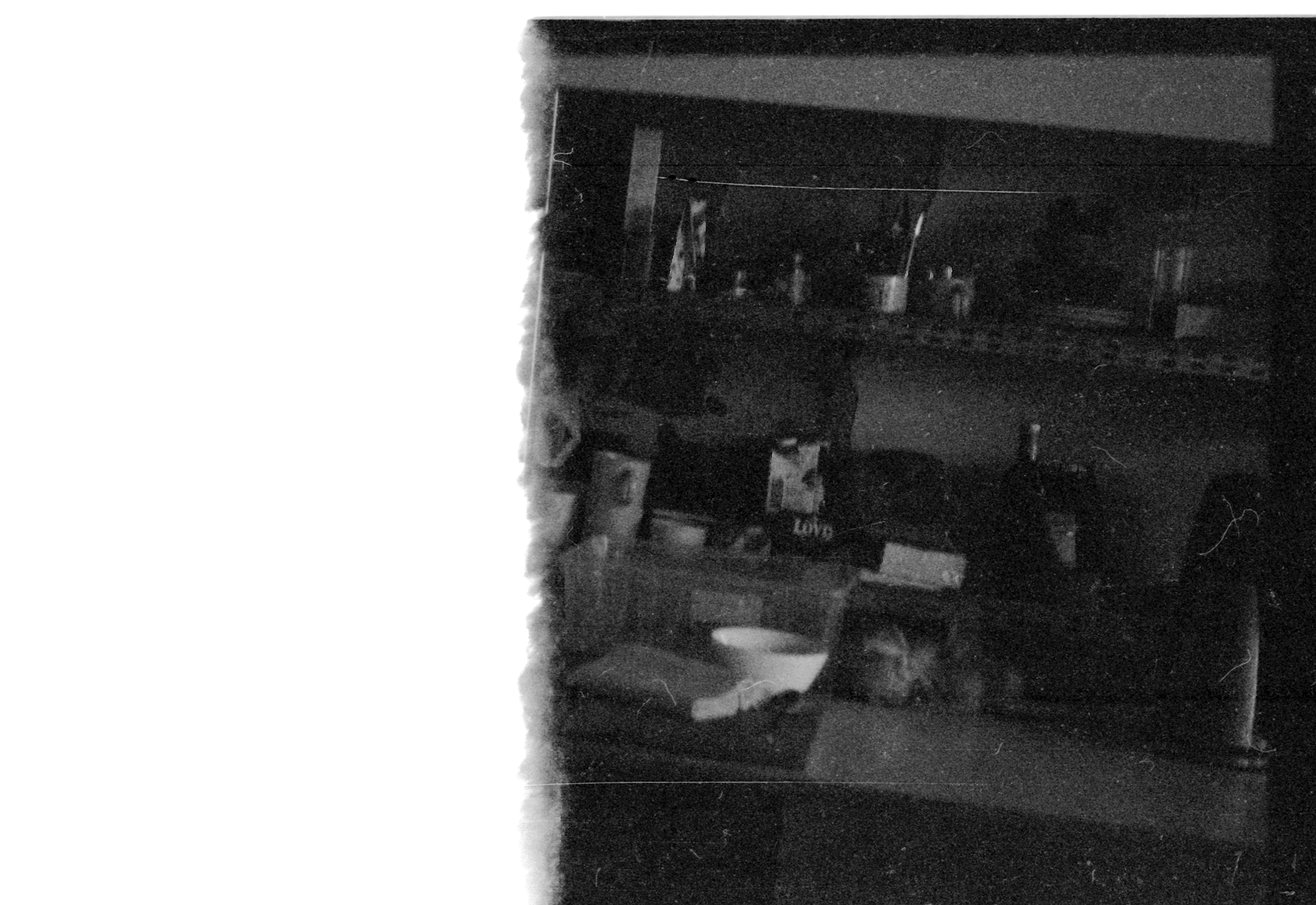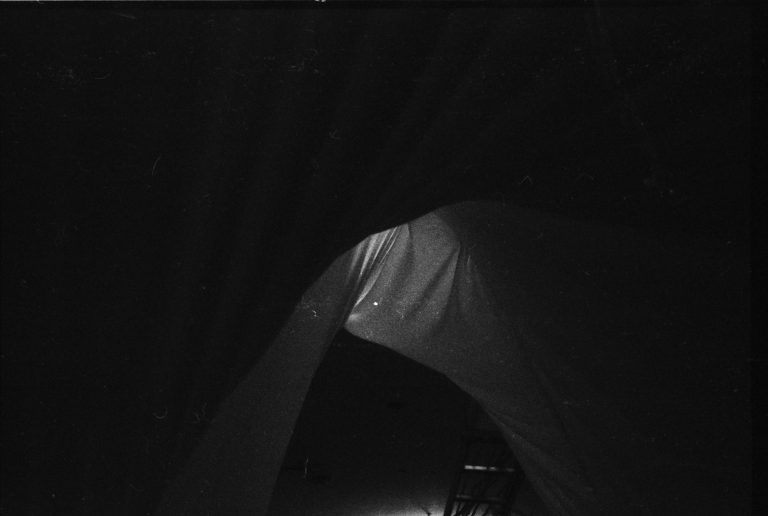
RESONARE COGITATIONS
The biggest part of the 6 months, spent making my architectural experiment, was dedicated to research and active listening. The question I wanted to tackle through this research was “What do spaces say and how does that correlate with their character?”. I approached this through trial and error – a lot of spaces didn’t say anything, their voice was too quiet or suppressed by external noise, but, in the end, I did find certain speakers open to the conversation: utilitarian, industrial or abandoned, forgotten buildings spoke the loudest. Their stark interior/exterior reflected the metallic, harsh echoes, reverberating through their inner structure and spoke of hands, making them in the image of man. Their bodies, as our own, comprised of bones, extruding from the skin, bare columns holding rough slabs, pipes that used to carry millions of litres of liquid or corridors, which saw thousands of lives develop within, like erythrocytes, carrying oxygen through blood vessels. How this body, moulded from concrete, brick, rock and wood is fragile without the life essence, powering it, but, at the same time, nearly indestructible, surviving hundreds of years, showing scars of history or telling stories about future utopias. In the end, I selected a few buildings that told the most intriguing stories: The gothic cellars of KPC, the sports palace in Vilnius, composers’ union palace, the abandoned “Tauro Ragas” bar in the very centre of Vilnius, 19th century gunpowder storages located in Kaunas, now known as “Parakas”, the central post office in Kaunas, SODAS2123, Ogre central library in Latvia and a sawmill, operating since soviet times, nearby Riga.
The recordings of these dialogues were then transformed into synthesizer patches and convolutional reverbs, freezing the essences of these places in time and transplanting them into a system, which creates dialogues not based on the initiative from us (humans), but as a direct call out to us.
Meditation / Dialogue on decay.
What does it mean to wither away: DNR chromosomes losing their telomeres, cells, becoming more and more unstable, the code, running our organism, becoming info-trash, little collections of cells, lost on what to do with the data they were born from, annihilated by others for the safety of the body; walls, washed by rain, acid, dust, exhaust fumes and many many touches, chipping them away as if they were a rock against a river, with steel bones, extruding from their sides, coated in oxides, at once saving them from the harsh outside, but, at the same time, eating away at their core; memory, mixing with self-made prose, friends, as real as we make out them to be in the tangles of our central nervous system, we haven’t seen them in so many years that they really do seem made up; fossils, which walked on the face of the earth, to be later ground down by their ancestors and thrown into a fire which sustains civilization;…
The beauty of decay is that it’s inevitable, joining everything together towards a march to non-existence.
This piece is an active exploration of decay, made by processing sound, collected from abandoned, decaying, forgotten buildings (or those which we try to forget), through destructive devices until there’s just the sound of the withering left.




